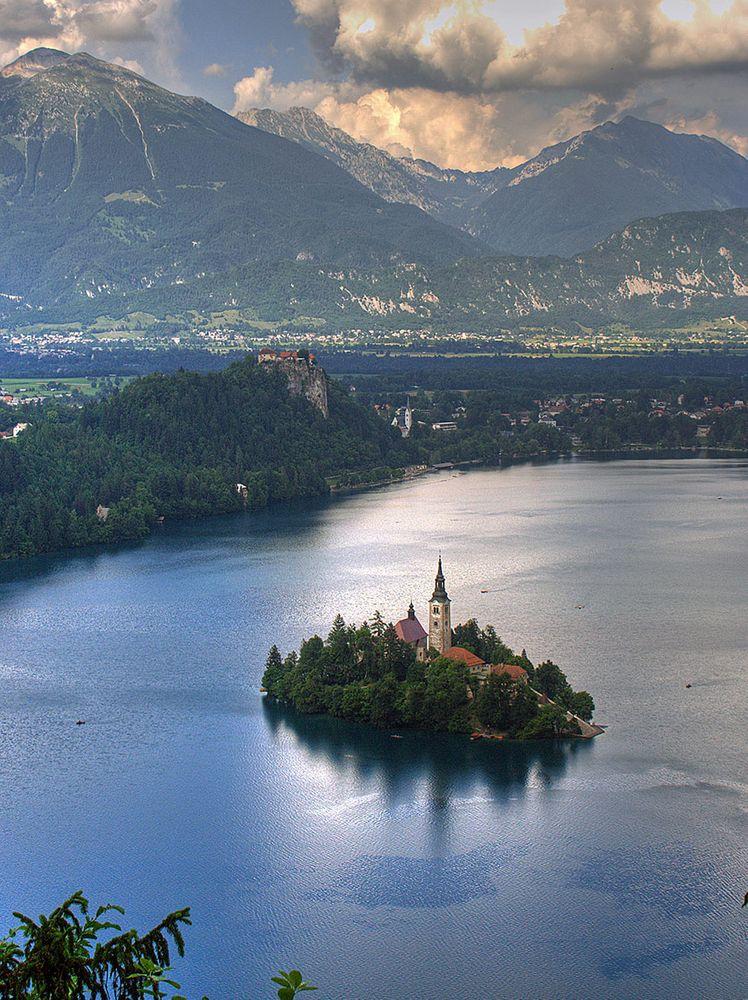Wondermondo 🢖 World 🢖 Wonders of Europe 🢖 Wonders of Slovenia
Territory
Wonders of Slovenia
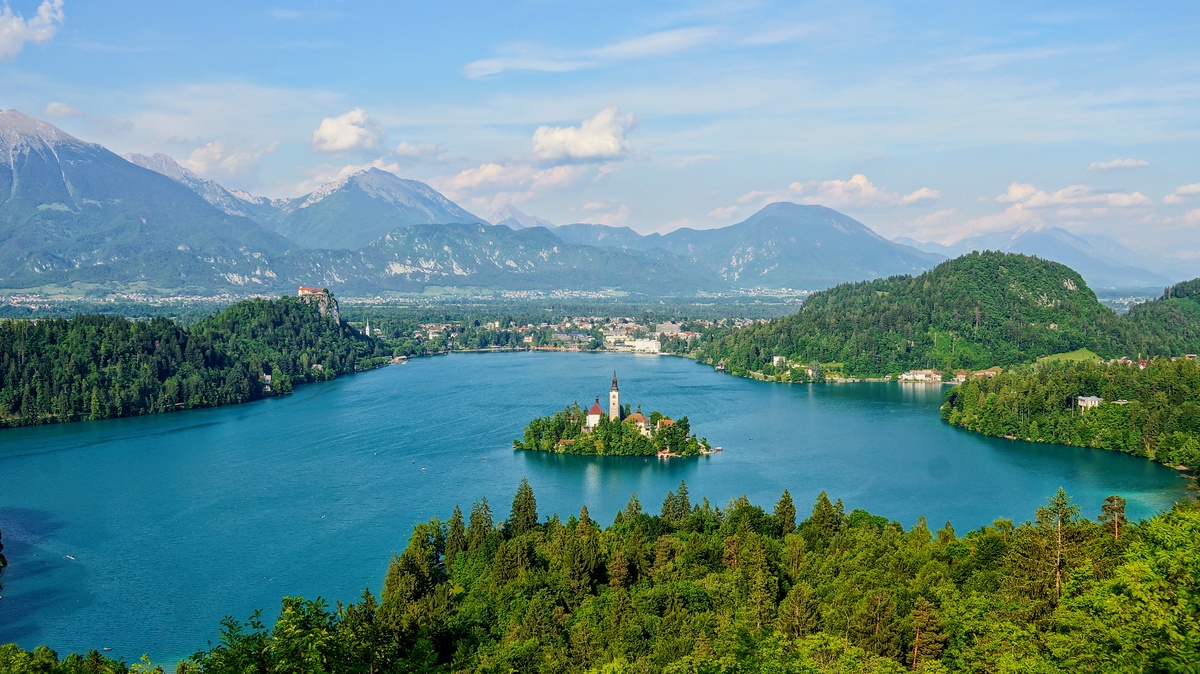
 Highlights
Highlights
This small Alpine country is very rich with natural and man-made landmarks. The most amazing wonders of Slovenia are:
- Caves – Slovenia has some of the most magnificent caves in the world, such as Škocjan cave with 146 m deep underground canyon and prehistoric monuments, Postojna – Planina caves with the highest cave biodiversity in the world or Vrtiglavica with the deepest vertical drop and tallest known cave waterfall in the world.
- Historical cities. The towns at the Adriatic are rich with Italian Gothic and Renaissance architecture (Piran, Koper), but further inland – with Baroque and Neo-Classicism architecture (Ptuj, Škofja Loka).
- Castles – the country has a huge number of large, well-preserved castles, mostly in Renaissance style. A special wonder is the unique Predjama castle.
Map with the described wonders
If you see this after your page is loaded completely, leafletJS files are missing.
 Top 25 wonders of Slovenia
Top 25 wonders of Slovenia
Geological wonders
Škocjan caves
Slovenian Littoral
Cave system with numerous unique characteristics: giant, 146 meters deep underground canyon of River Reka, underground travertine terraces, Bronze Age and later temples, and a Pre-Christian pilgrimage center.
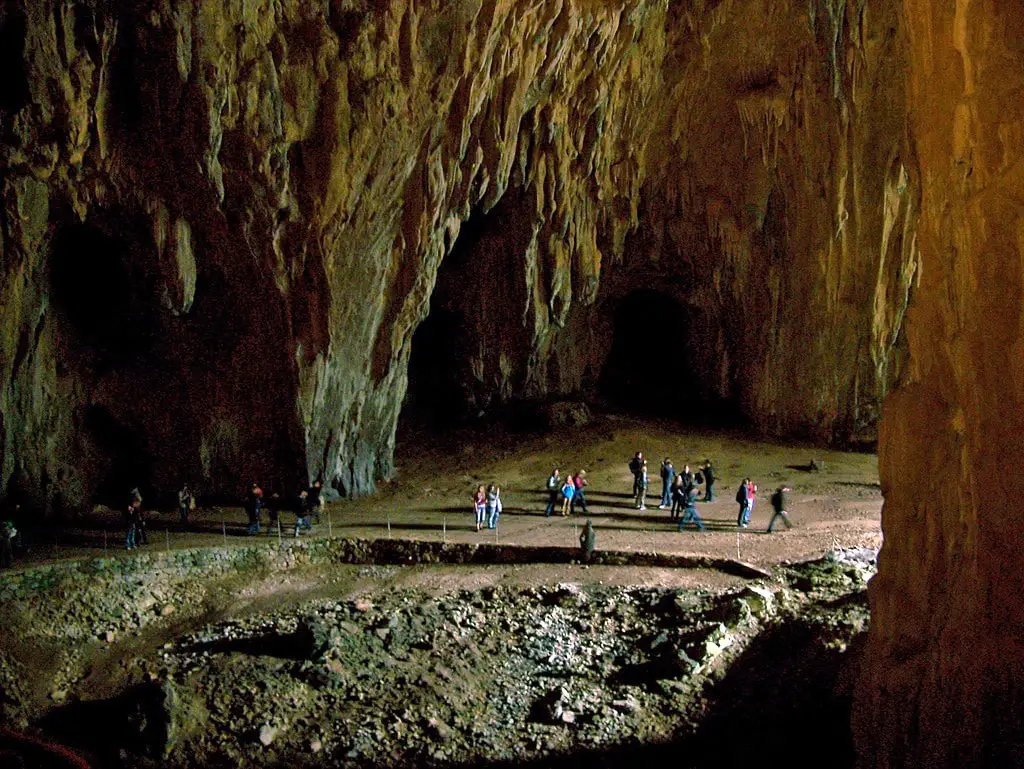
Postojna-Planina Cave System
Inner Carniola
Approximately 25 km long cave system, recognized as the most biodiverse cave system in the world with 117 species of animals (mostly insects).
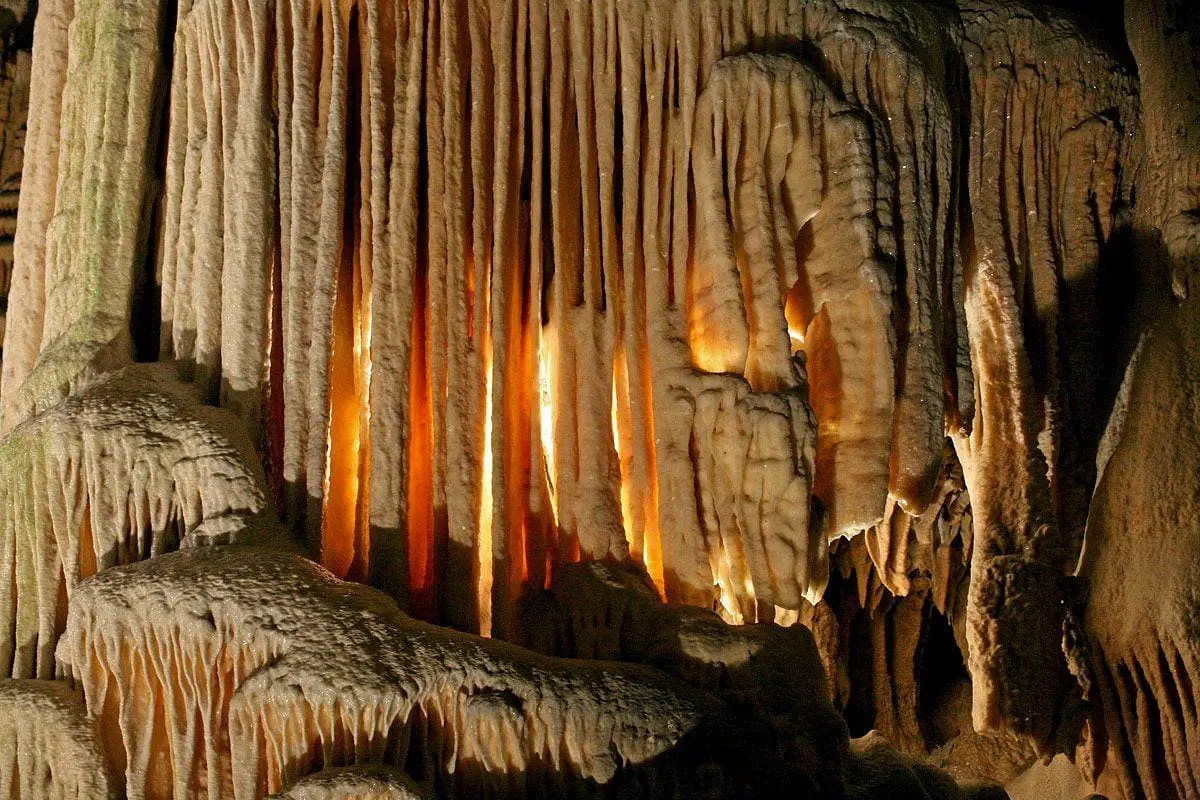
Vrtiglavica
Slovenian Littoral
643 m deep cave that contains the deepest pitch (single vertical drop) in the world (603 meters). 400 – 440 m tall waterfall inside. Possibly the tallest underground waterfall in the world.
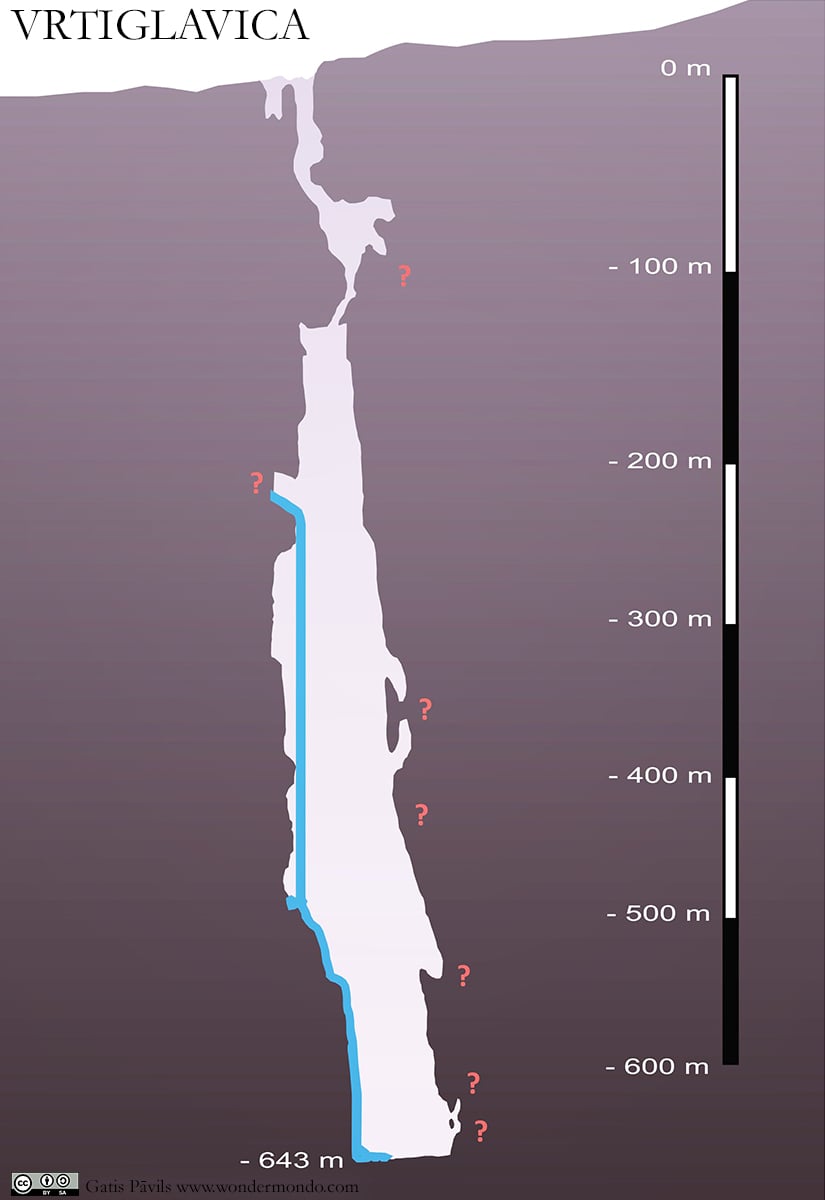
Križna cave (Krizna cave)
Inner Carniola
An enormous, very interesting, and beautiful cave, 8,273 m long. Contains a chain of 45 subterranean lakes with emerald-green water. Here live 44 species of cave organisms – one of the most biodiverse caves in the world. Thousands of bones of cave bears were found inside.
Divje jezero (Wild Lake)
Slovenian Littoral
Powerful spring of Vauclusian type that can discharge up to 60,000 liters of water in a second. The inundated spring cave has been explored up to 160 m deep.
Architecture wonders
Predjama castle
Inner Carniola
Large Renaissance castle built at the entrance of an enormous cave. This location was chosen with a purpose to make it easy to defend the castle or escape from it. The first castle was built here in the 13th century, but the current one – in 1570. Behind the castle starts the 13 km long Predjama Cave.
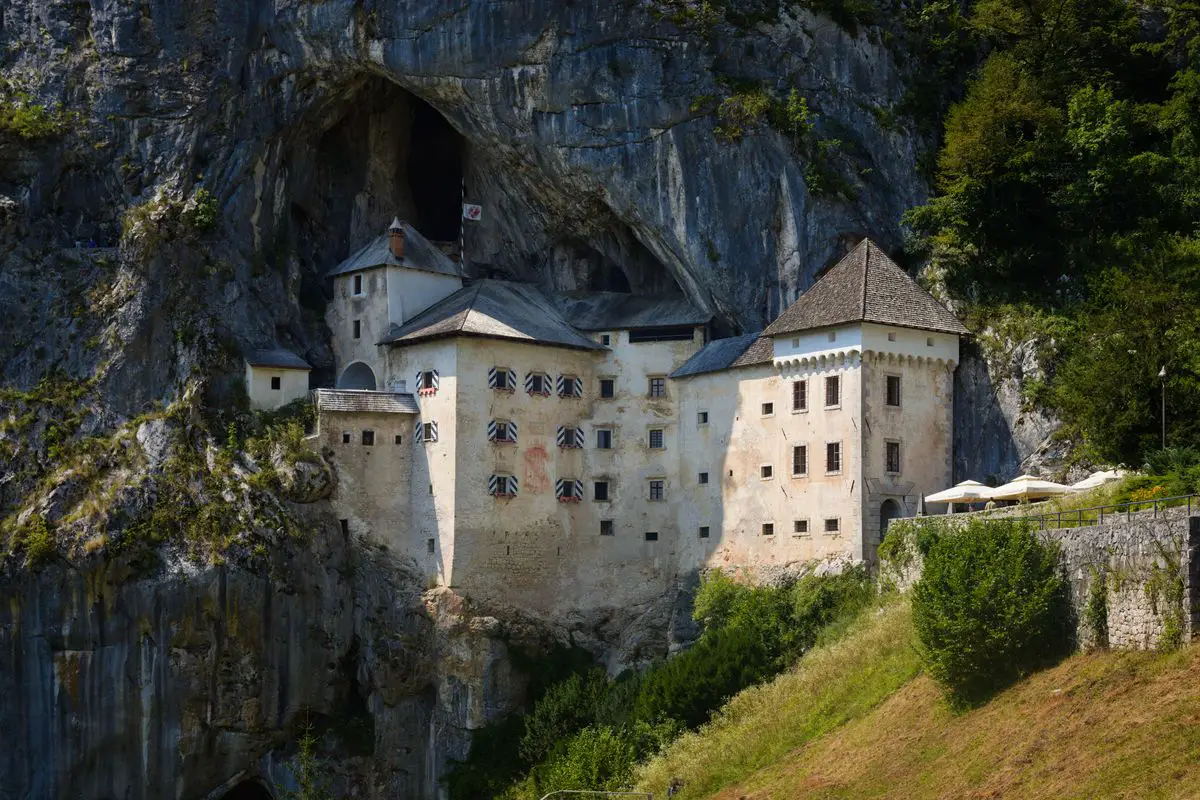
Piran
Slovenian Littoral
The medieval city in a spectacular location – a peninsula in the Adrian Sea. Impressive is the center of the city – the spacious Tartini square. Well preserved city walls.
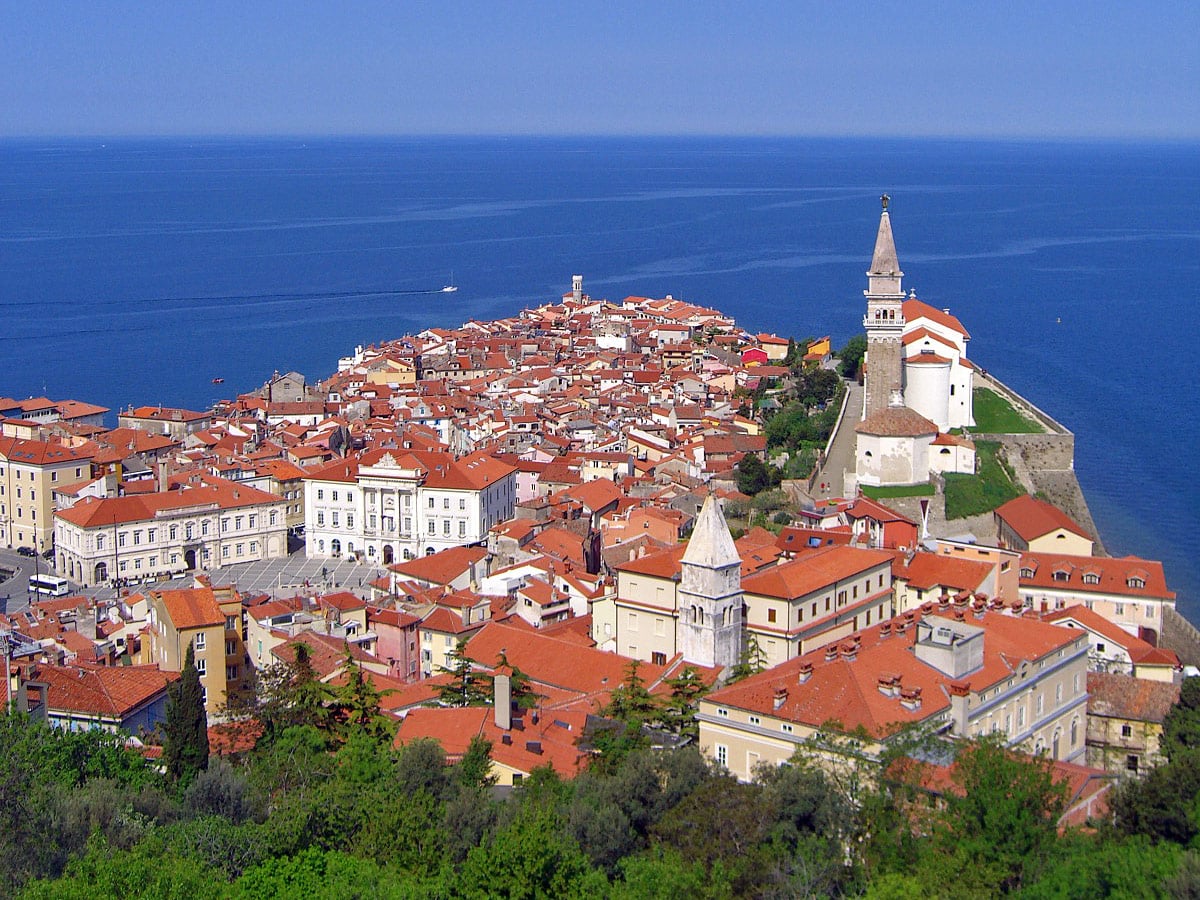
Izola
Slovenian Littoral
Medieval city at the sea, established in the 7th century.
Bled castle
Upper Carniola
A medieval castle perched on a tall cliff that rises over the beautiful Lake Bled. Romanesque style tower is the oldest part, the main body of the castle was built in Renaissance style and has interesting frescoes.
Žiče charterhouse
Styria
Old, fortified Carthusian monastery, constructed in the 12th century. For a while had one of largest libraries in Europe, rich collection of local manuscripts.
Ljubljana castle
Lower Carniola
Large medieval castle. The first fortifications there were built millennia ago, current castle was rebuilt in the 15th century.
Koper
Slovenian Littoral
Well-preserved medieval city at the Adrian sea, with valuable historical buildings.
Škofja Loka
Upper Carniola
One of the most interesting medieval cities in Slovenia, with a well-preserved historical core part.
Solkan bridge
Slovenian Littoral
The second longest stone bridge in the world, with a 220 m long arch, constructed in 1900 – 1905 in a beautiful natural setting.
St. George’s church in Piran
Slovenian Littoral
Beautiful church in Venetian Renaissance style, built in 1592 – 1614. Next to it is a freestanding bell tower that is similar to St. Mark’s campanile in Venice. Gorgeous interior.
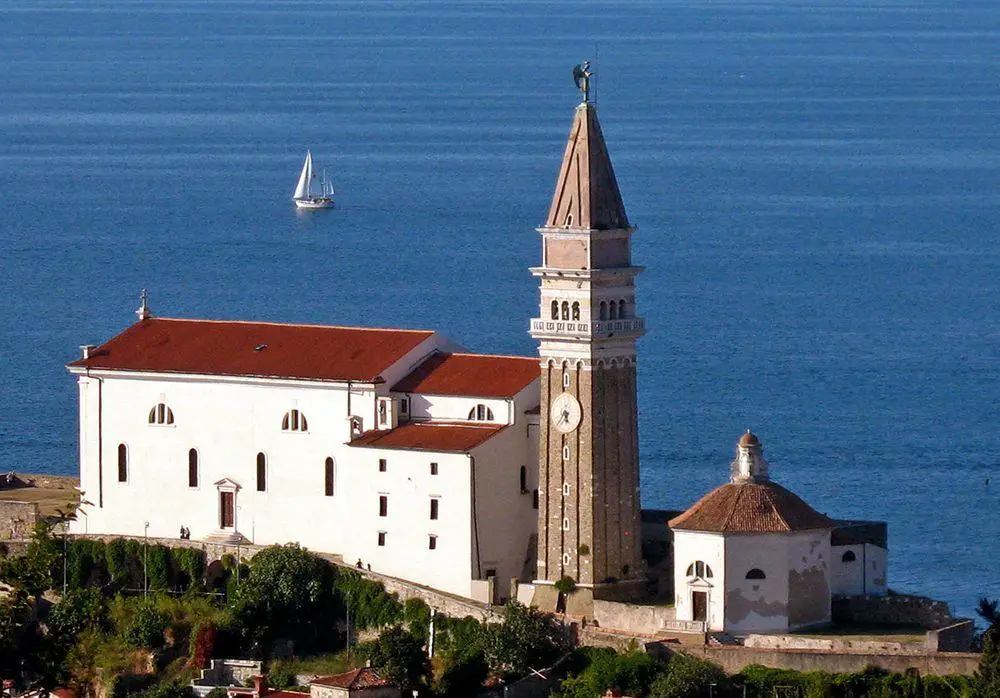
Celje castle
Styria
The largest fortification in Slovenia. Construction of this mountaintop castle started in the 13th century.
Franja partisan hospital
Slovenian Littoral
A secret partisan hospital complex, built in the secluded Pasica Gorge in 1943 – 1945. Consists of 13 wooden buildings that were surprisingly well equipped for a secret partisan base.
Snežnik castle
Inner Carniola
Castle from the 13th century with four floors, current furnishings mainly from the 19th century.
Brežice castle
Styria
Large Renaissance castle, built mainly in 1530 – 1551. Adorned with murals.
Olimje castle
Styria
Renaissance style castle, built around 1550. Now serves as a monastery with an exquisite Baroque church built next to the castle.
Holy Trinity Church in Hrastovlje
Slovenian Littoral
An unusual fortified church, surrounded by an 8 m tall wall. Constructed in Romanesque (or early Renaissance) style before 1480. Beautiful murals from 1490, the church has also a painting of Dance of the Dead.
Ptuj castle
Styria
Large castle, built in the middle of the 12th century.
St. George’s church in Ptuj
Styria
One of the oldest churches in Slovenia, parts of it were built already in the middle of the 9th century. Much of the present-day structure was built around 1140, murals made in the late 13th – end of the 15th century.
Štanjel walled town
Slovenian Littoral
A picturesque town that was built around the mountaintop castle. A major part of the city walls have been preserved. Characteristic architecture of Karst region, two churches from the 15th century. Contains also Ferrari Gardens – beautiful park.
Praetorian palace in Koper
Slovenian Littoral
An ornate city palace in Venetian Gothic style, constructed in 1452 – 1505.
 Recommended books
Recommended books
Slovenia – Culture Smart!: The Essential Guide to Customs & Culture
Slovenia seems closer to Austria or Italy than to its Balkan neighbors. The richest of the Slavic nation-states, it has an entirely Western tradition, having belonged in the past to the Roman Empire, the Frankish kingdom, the Holy Roman Empire, the Republic of Venice, the Habsburg monarchy, and the First French Empire. After the Second World War, it became part of the Republic of Yugoslavia, before declaring independence in 1991. This extraordinary cultural legacy is what sets Slovenia apart, matched by an amazingly varied topography packed into a small area.
DK Eyewitness Travel Guide Slovenia
Your in-depth guide to the very best of Slovenia. Make the most of your trip to this beautiful destination with our DK Eyewitness Travel Guide.

